There's a good reason most parents are exhausted at the end of the day.
Between bath time, meals, play dates, diaper changes, and trying to keep your kids from exploding an entire bottle of baby powder in the bedroom, there are a million things for parents to keep track of.
Busy moms and dads are smartly looking for ways to minimize the number of messes they have to clean up during the day, so many give their children sippy cups to prevent spills.
If your child has a beloved sippy cup for milk, juice, or other beverages, you're going to be shocked by what some parents have recently discovered.
Several photos of what could be lurking in those sippy cups — potentially making young children very ill — have been getting lots of attention on social media lately. It all started with one dad who couldn't figure out why his 7-year-old daughter seemed to be suffering from a constant tummy ache.
It wasn't until he took a closer look at her "twist and sip" reuseable drink bottle that he realized the unbelievable cause of her illness.
Fair warning, some of the pictures below are quite shocking and a little bit gross. But scroll through for this very important child health and safety information.
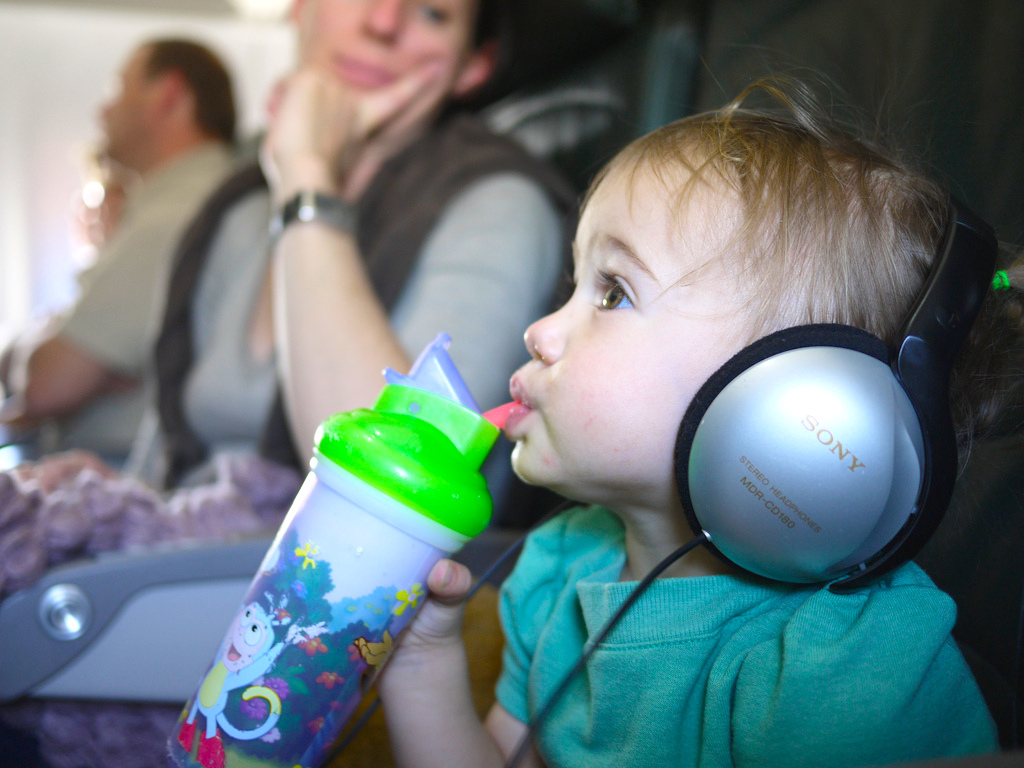
Lots of kids these days use sippy cups.
They're unbreakable, they're reusable, and they come with cleverly designed lids that make it nearly impossible to spill the contents.
These cups may be great for our carpets, but are they really safe for our kids?
After a recent experience, Craig Beresford says "not really."
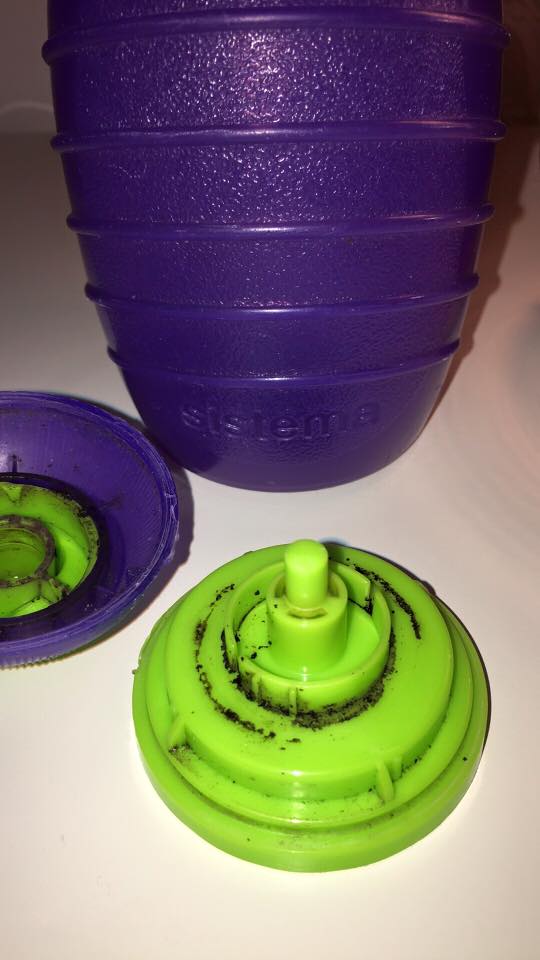
Craig recently became famous when he posted a picture of his 7-year-old's spill-proof cup on Facebook.
Along with the image, the heartbroken dad shared this cautionary message:
"We haven't been able to work out why she has had an upset stomach, and occasional runs for what seems around four weeks, until I figured it might be [her] bottle. It's the only constant item she has had contact with the whole time.
“Today, I took a sharp knife and broke the cap apart. It isn’t designed to be taken apart and requires a bit of force to disassemble. The internal components have been hoarding bacteria.
“We were horrified and heartbroken that out little girl had been using this bottle in this state.”
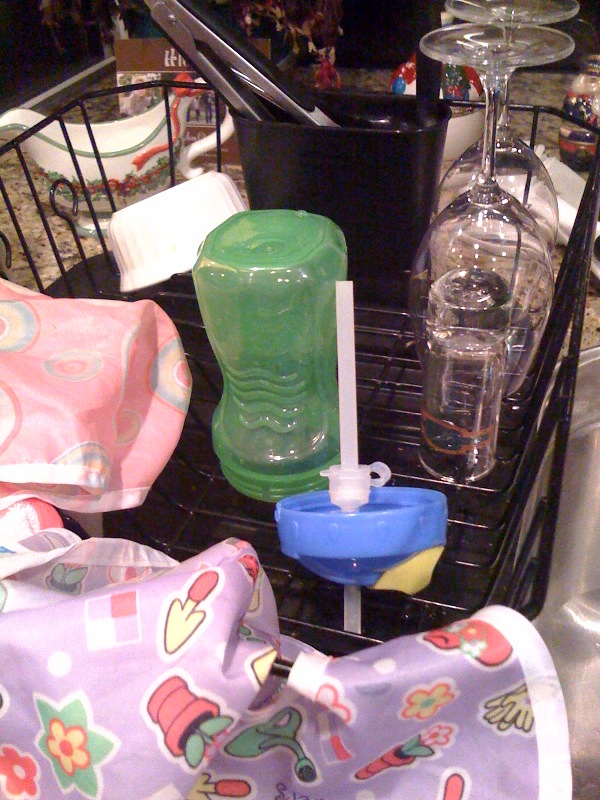
After sharing the picture, some people criticized Craig, saying it was his fault for not cleaning the bottle properly. These people were only jumping to conclusions, however.
He wrote: "Anyone that knows me, will be fully aware how OCD I am about keeping things clean. This bottle and cap have been rinsed in boiling water and sterilized every day.
"Although we have been absolutely meticulous cleaning the bottle and cap every day, including dispersible sterilizing tablets, the cap has been making our 7-year-old daughter poorly.
"A friend of mine told me a story of a thermos flask with a pop-up lid he had that kept making him sick, which directed me to investigate the cap."
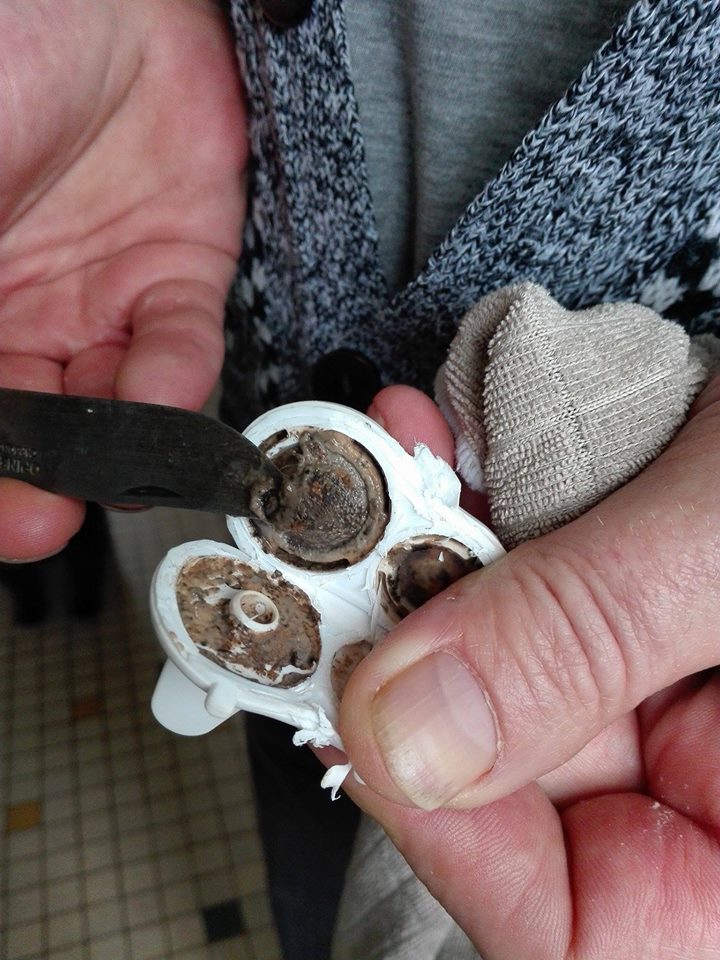
After seeing Beresford's post — which has been shared over 50,000 times — other parents quickly began checking their own cups.
Many of them were shocked to see the same gross mold and bacteria lurking in the lids, even though the design and brand was different from the one Craig's daughter had been using.
The image above was shared by French mom Penny Powell, whose friend couldn't figure out why her son was so sick until she broke open the anti-leak lid of his sippy cup.
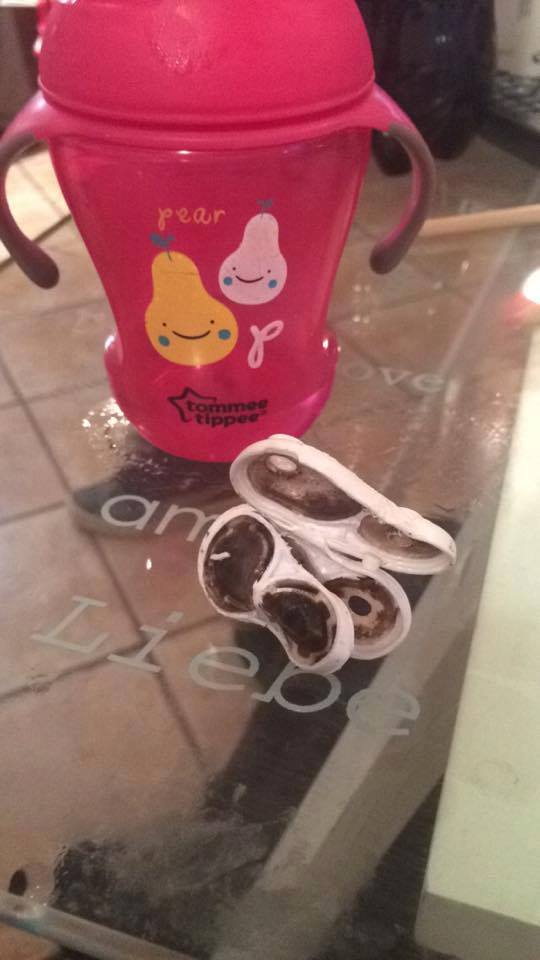
Here's another image shared by Penny Powell, showing the gross black mold that has collected inside the cap portion of her own child's cup.
Exposure to mold can cause serious health problems, including but not limited to: chronic irritation in the eyes, nose and/or throat, or breathing problems, diarrhea, vomiting, and stomachache.
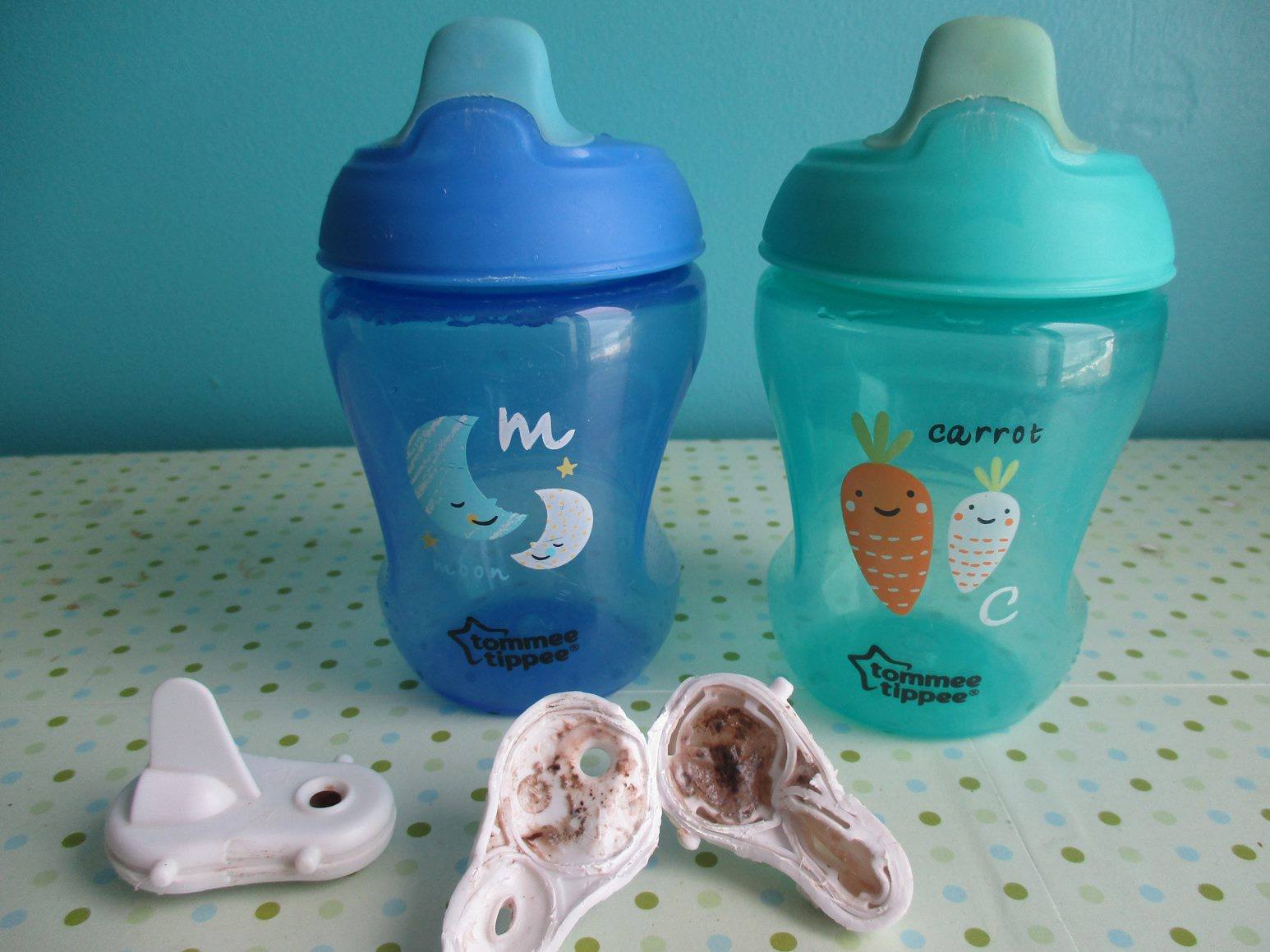
In response to criticism, the French brand responsible for Penny's cup said: "We present you our apologies for this inconvenience and we assure you that we are actively working on the subject."
For now, Craig urges parents to inspect their own brand of sippy cups to ensure that they're not exposing their children to mold.
In response to his photos going viral, he wrote: "The bottom line is: it has raised an awareness to what is/was obviously a common problem. Maybe it has helped some other child suffering the same symptoms."
Have you ever found mold or other bacteria in your child's sippy cup? Tell us about it in the comments.
Please SHARE this vital information to help prevent other kids from getting sick!




